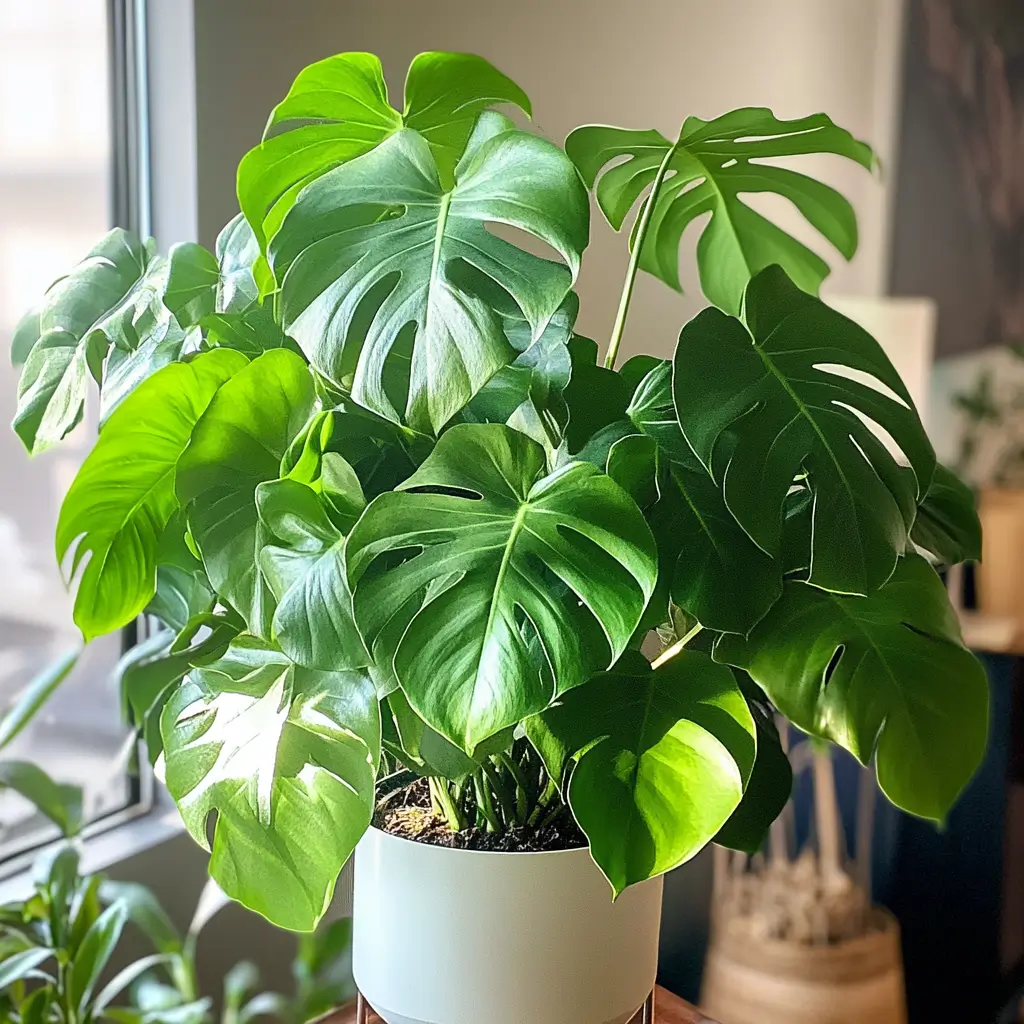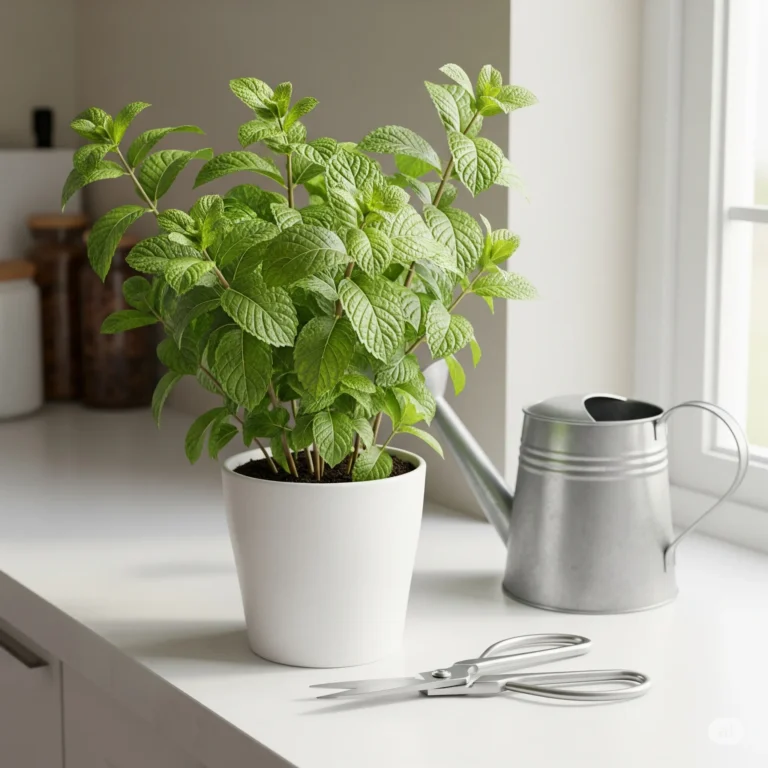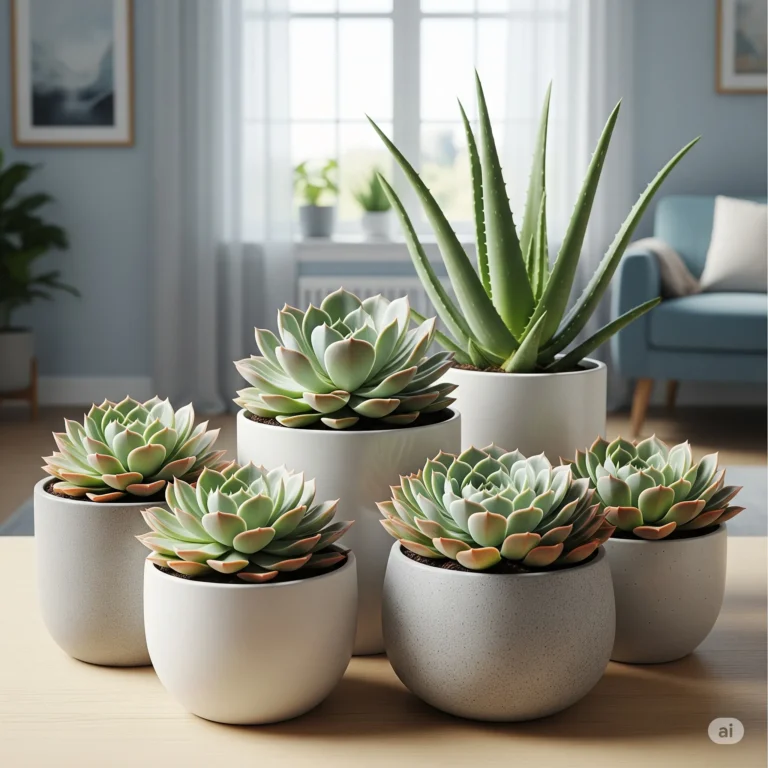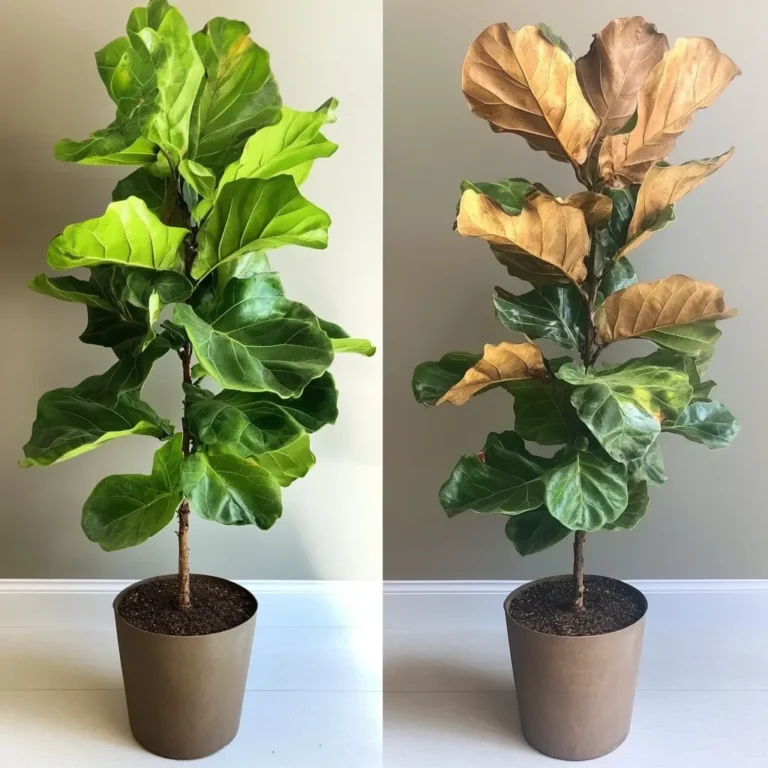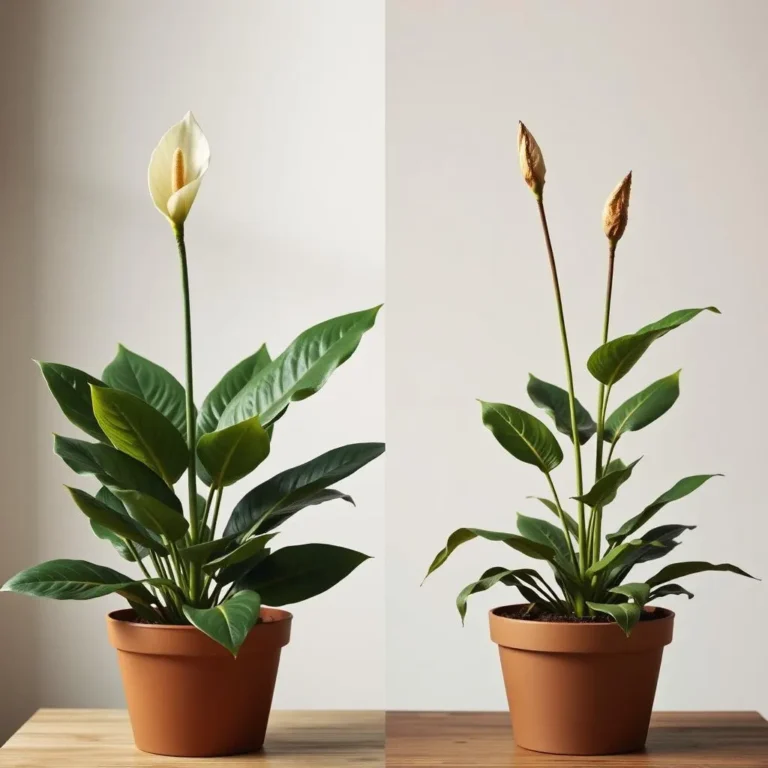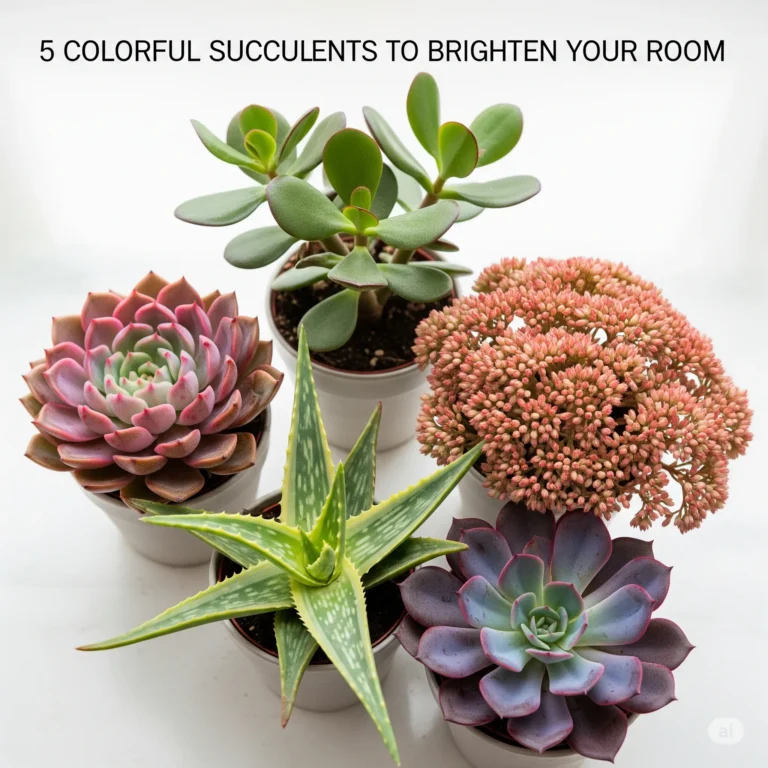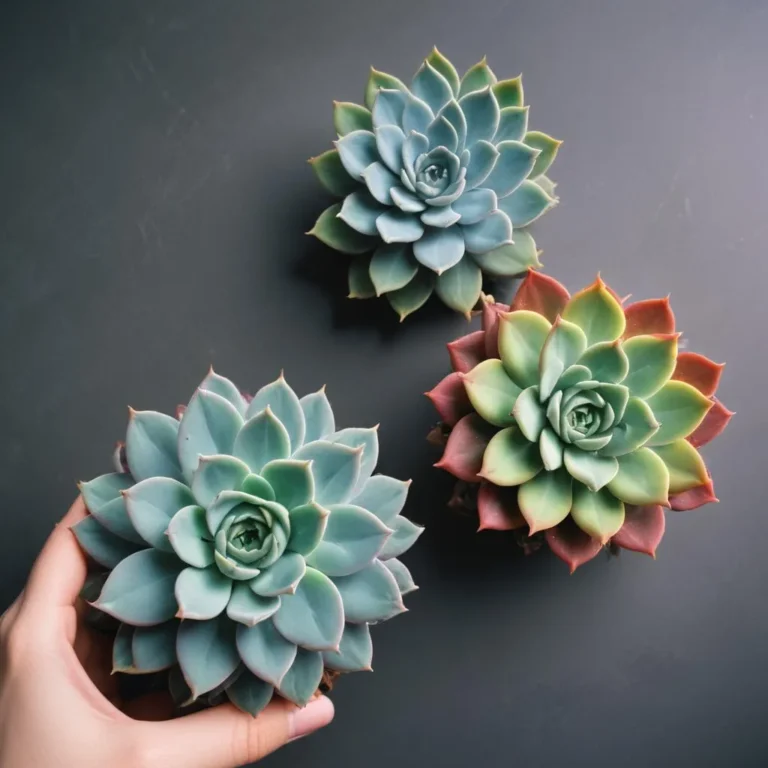How to Care for Monstera Deliciosa – Complete Indoor Plant Guide
The Monstera Deliciosa, known as the Swiss Cheese Plant, has become the ultimate indoor plant for modern homes. This stunning tropical houseplant (Monstera deliciosa) captivates plant lovers with its iconic split leaves and Instagram-worthy appearance. Perfect for beginners, the Monstera Deliciosa combines easy plant care with dramatic visual impact, making it ideal for anyone wanting to create an indoor jungle vibe.
What makes this plant so special? Beyond its striking fenestrated leaves, the Monstera Deliciosa grows quickly, purifies air, and transforms any room into a tropical paradise. Whether you’re new to indoor gardening or expanding your plant collection, this complete care guide will help your Monstera thrive.
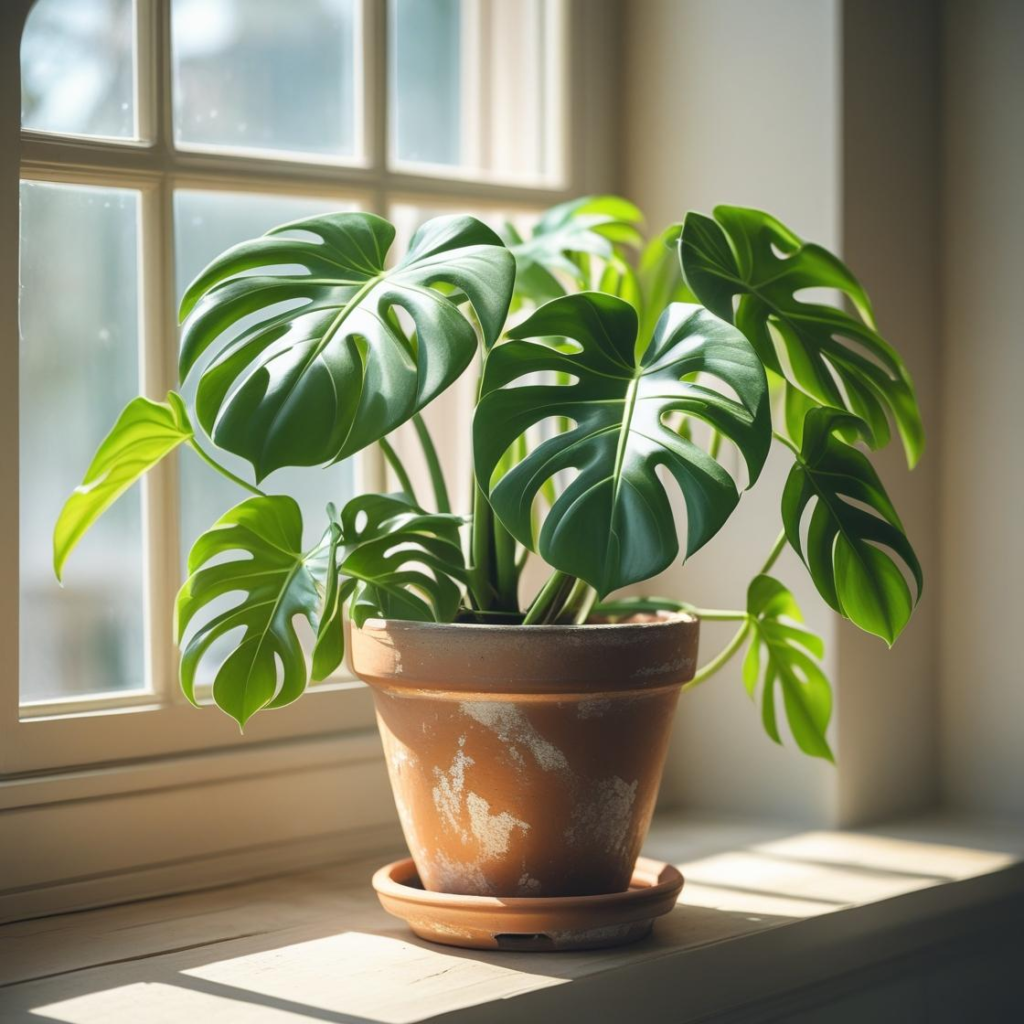
Quick Overview Table
| Feature | Details |
|---|---|
| Common Name | Monstera Deliciosa, Swiss Cheese Plant |
| Scientific Name | Monstera deliciosa |
| Plant Type | Indoor tropical climbing vine |
| Light | Bright indirect light |
| Water | Medium (weekly when soil is dry) |
| Temperature | 65-80°F (18-27°C) |
| Toxicity | Toxic to pets and humans |
| Difficulty Level | Easy to moderate |
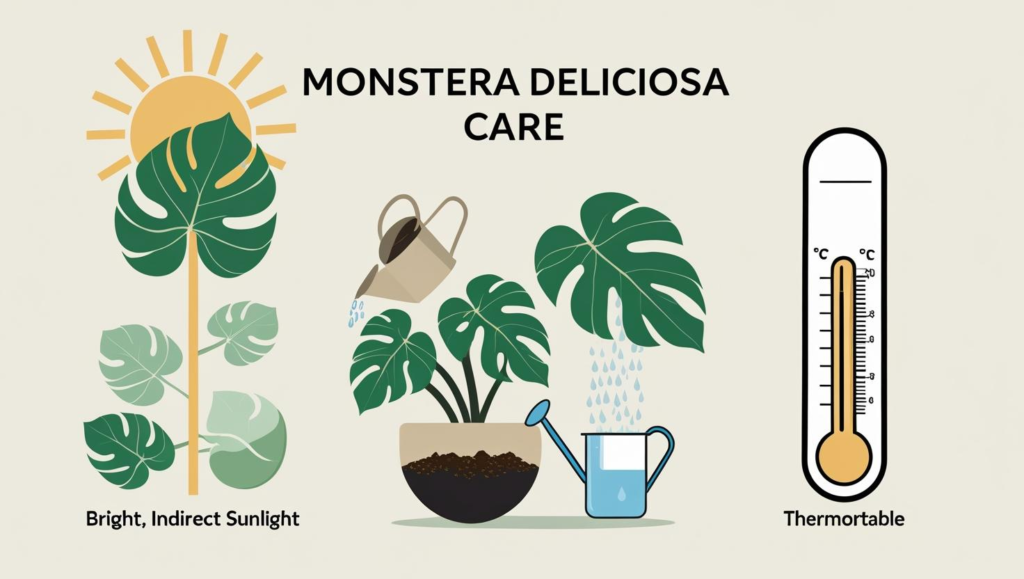
Description
The Monstera Deliciosa originates from Central American rainforests, where it climbs trees using aerial roots to reach sunlight. Indoor specimens typically grow 6-8 feet tall with glossy, heart-shaped leaves that develop dramatic splits and holes as they mature – hence the “Swiss cheese” nickname.
This tropical beauty serves multiple purposes: it’s a stunning statement piece for home decor, an excellent air purifier removing toxins, and a conversation starter that adds jungle vibes to any space. The Monstera’s fast growth and forgiving nature make it perfect for busy plant parents seeking low-maintenance indoor greenery.
Light Requirements
Monstera Deliciosa thrives in bright, indirect light that mimics filtered rainforest sunlight. Place your plant 3-6 feet from south or west-facing windows, or directly in front of north or east-facing windows.
Beginner tip: Too much direct sun scorches leaves, while too little light prevents the iconic splits from forming. If new leaves aren’t developing holes, move your Monstera to a brighter location.
Watering
Water your Monstera Deliciosa when the top 1-2 inches of soil feel dry, typically every 7-10 days. Give it a thorough drink until water drains from the bottom, then empty the drainage tray.
Signs of overwatering: Yellow leaves, musty soil smell, black roots Signs of underwatering: Drooping leaves, crispy edges, dry soil pulling from pot
Adjust watering frequency based on season, humidity, and temperature – indoor plants need less water in winter.
Temperature & Humidity
Keep your Monstera comfortable at 65-80°F (18-27°C) year-round. Avoid cold drafts, heating vents, and sudden temperature changes.
This tropical plant loves 50-60% humidity. Increase moisture by:
- Using a humidifier nearby
- Placing on a pebble tray with water
- Grouping with other plants
Best rooms: Bright bathrooms, living rooms with large windows, or humid kitchens work perfectly for Monstera Deliciosa care.
Soil & Repotting
Use well-draining potting mix that retains some moisture. A blend of regular potting soil, perlite, and bark works excellently for Monstera care.
Repot every 2-3 years or when roots emerge from drainage holes. Choose a pot 1-2 inches larger and refresh the soil completely. Spring is the ideal time for repotting when growth is most active.
Propagation
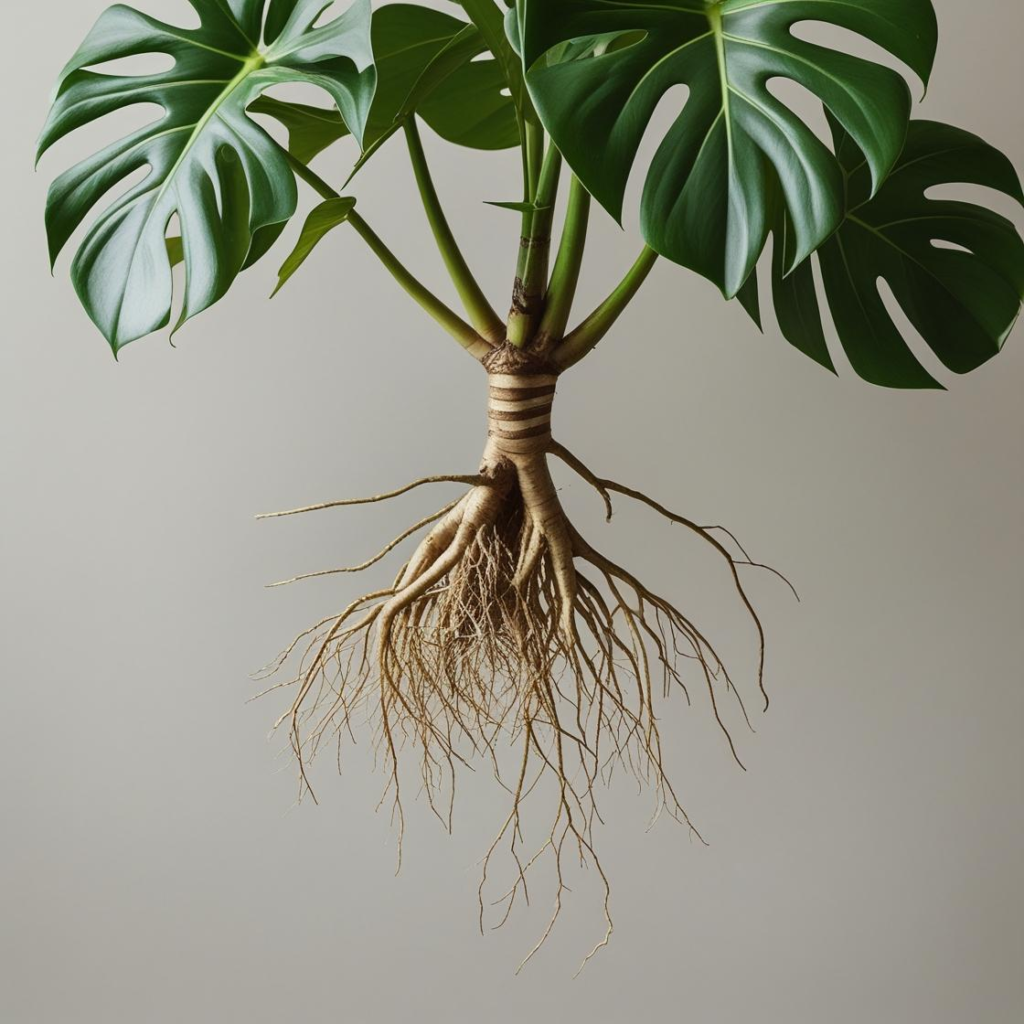
Propagating Monstera Deliciosa is surprisingly easy:
- Find a node – the bump where leaves emerge
- Cut a 4-6 inch section with at least one node and leaf
- Place in water and change every few days
- Wait 2-4 weeks for roots to develop
- Plant in soil once roots are 2-3 inches long
Best time: Spring and summer when plants are actively growing.
Common Problems & Fixes
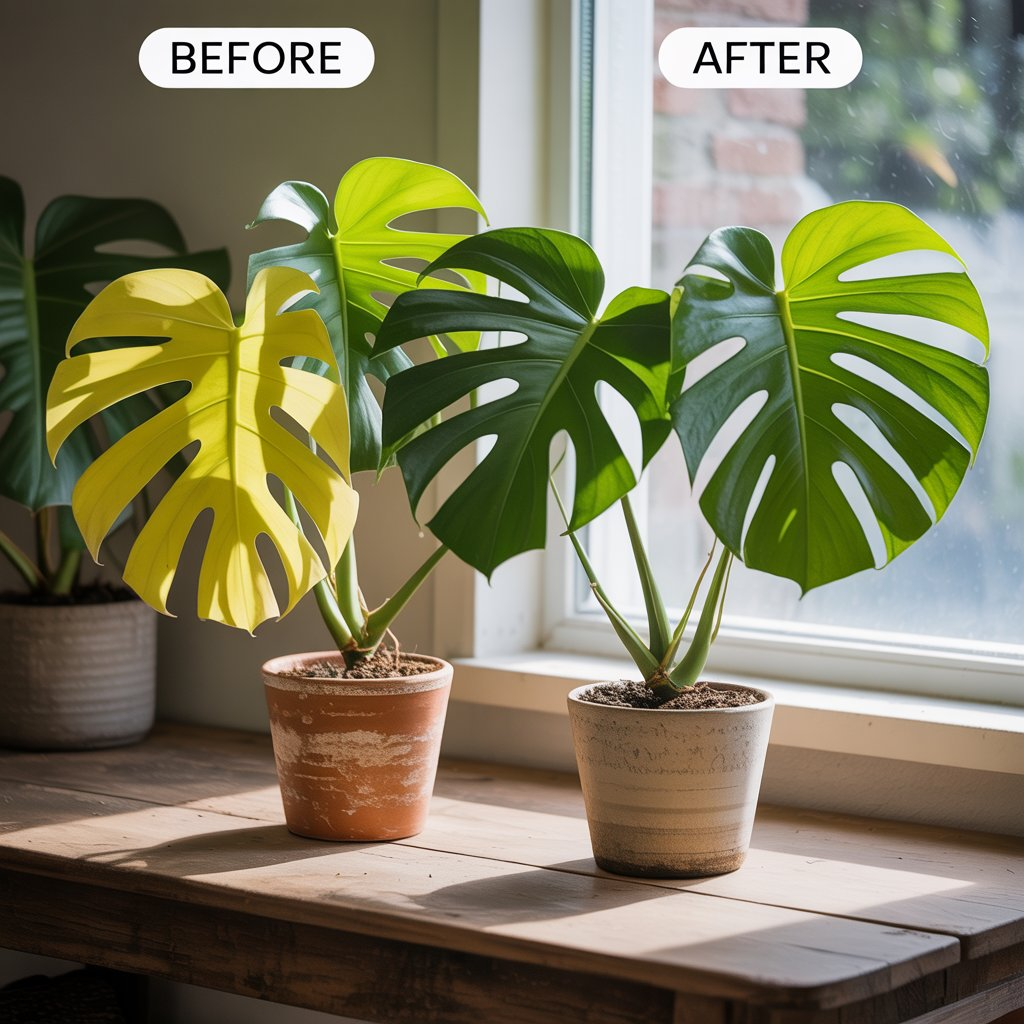
• Yellow Leaves Usually overwatering. Check soil moisture and reduce watering frequency. Remove yellow leaves as they won’t recover.
• Brown Leaf Tips Low humidity or water quality issues. Increase humidity and use filtered water if possible.
• Drooping Either over or underwatering. Check soil – if dry, water thoroughly. If wet, let it dry out completely.
• Pests Spider mites and scale insects are common. Wipe leaves with damp cloth and treat with insecticidal soap.
• No Leaf Splits Insufficient light. Move to brighter location for fenestrations to develop.
Benefits of Monstera Deliciosa
Your Monstera offers multiple benefits:
- Air purification – removes formaldehyde and other toxins
- Stress relief – studies show plants reduce anxiety
- Aesthetic appeal – creates tropical, jungle-inspired spaces
- Fast growth – provides quick satisfaction for new plant parents
- Social media worthy – perfect for plant photography and sharing
FAQs
Is Monstera Deliciosa safe for pets? No, it’s toxic to cats and dogs. Keep away from curious pets as ingestion causes mouth irritation and digestive upset.
Can it grow in low light? Monstera can survive low light but won’t develop splits. Bright, indirect light produces the best results and iconic fenestrated leaves.
How often should I water my Monstera? Water when the top 1-2 inches of soil are dry, typically weekly in summer and less in winter. Always check soil moisture rather than following a strict schedule.
Why isn’t my Monstera developing splits? Young plants start with solid leaves. Splits develop as plants mature and receive adequate bright, indirect light. Be patient and ensure proper lighting.
Conclusion
The Monstera Deliciosa proves that stunning indoor plants don’t have to be difficult. With its forgiving nature, air-purifying benefits, and show-stopping appearance, it’s perfect for beginners wanting to create an indoor jungle atmosphere. Remember the key care points: bright indirect light, weekly watering when soil is dry, and warm temperatures.
Ready to transform your space with this tropical beauty? Your Monstera Deliciosa will reward proper care with years of dramatic growth and Instagram-worthy moments.

